Altitude/Mountain sickness is a medical condition that occurs quickly when someone climbs to a higher elevation.
It happens due to reduced air pressure and low oxygen levels at high altitudes.
Majorly, Mountain climbers/trekkers face altitude sickness by ascending too quickly or reaching a very high elevation, and the body isn’t able to adapt too quickly to reduced oxygen and air pressure.
It takes time for the body to adjust; hence, one can face mountain sickness while trekking. [source, Wikipedia]
Symptoms of Altitude / Mountain Sickness
Here are a few symptoms of altitude/mountain sickness:
- Headache
- Vomiting
- Nausea
- Insomnia
- Dizziness
- Loss of energy
- Loss of appetite
Prevention of Altitude / Mountain Sickness
A few things to be taken care of to prevent altitude sickness:
- If you have any sickness history, consider visiting a doctor before the trek and prepare accordingly.
- Don’t run or rush while trekking rather, trek slowly and at the same rhythm to maintain balance.
- Take frequent breaks between trekking at higher elevations and have energy food with you.
- Before starting the trek consult with expert travel guides and doctors and take prescribed medication in case of emergency.
- Drink water and keep your body hydrated.
Treatment of Altitude / Mountain Sickness
In case of severe sickness, we have several treatment methods as:
- One can take prescribed anti-sickness medicine (diamox is one of them for acclimatization)
- Usage of oxygen cylinder
- Having adequate water to keep the body hydrated
- Taking enough rest and sleep
- Not going to further higher elevations and start descending to low altitude
Expert Tips to Prevent Mountain Sickness During Trekking / Hiking
Experts of Himalayandreamtreks discussed important pointers to be taken care of while trekking to prevent mountain sickness:
- If you have any pre-medical history like blood pressure, diabetes, or Asthma, then consult your doctor before planning the trek and follow their instructions.
- Inform your trek leader beforehand if you have any medical condition so they can arrange the necessary facilities for you.
- Use proper clothing for dry, cold, and hot conditions so that excessive cold or summer won’t catch you. Keep warm gloves and caps along with you so that they can save you from mountain frost.
- Try covering smaller distances step by step in one day at higher elevations. If you have to reach 10,000 ft and are at 8000ft, cover 1000ft a day and stay there. Start the rest on the next day.
- Keep your body hydrated throughout the trek, and don’t cover up your nose, mouth, and entire body very tightly, as it will suffocate you. Keep balance so that cold can’t catch you and heavy clothing can’t suffocate you.
- Don’t skip any meal because eating healthy food will give you the proper energy to complete the trek, and try to avoid oily & spicy food, which doesn’t benefit the body. Check fooding arrangements beforehand with your trek guide so it won’t stress you during the journey.
- Don’t take long breaks between consecutive meals; keep eating small meals after 1-2 hours rather than taking heavy meals at one time.
- Take proper sleep before coming to trek and at low elevations and you can take a Diamox tablet to acclimatize yourself.
- Suppose you are at 9000ft so you can hike or walk up to 9500ft and come back to sleep at 9000ft altitude as it will help your body adapt to elevations.
- Keep a check on basic hygiene factors such as hand sanitization, brushing your teeth, and using wet wipes to protect yourself from bacteria and dust.
- Overall if you take care of basic hygiene, food, sleep, and clothing properly, you will be able to complete your trek successfully.
Disclaimer: Please consult with your doctor, before taking any kind of medicine.


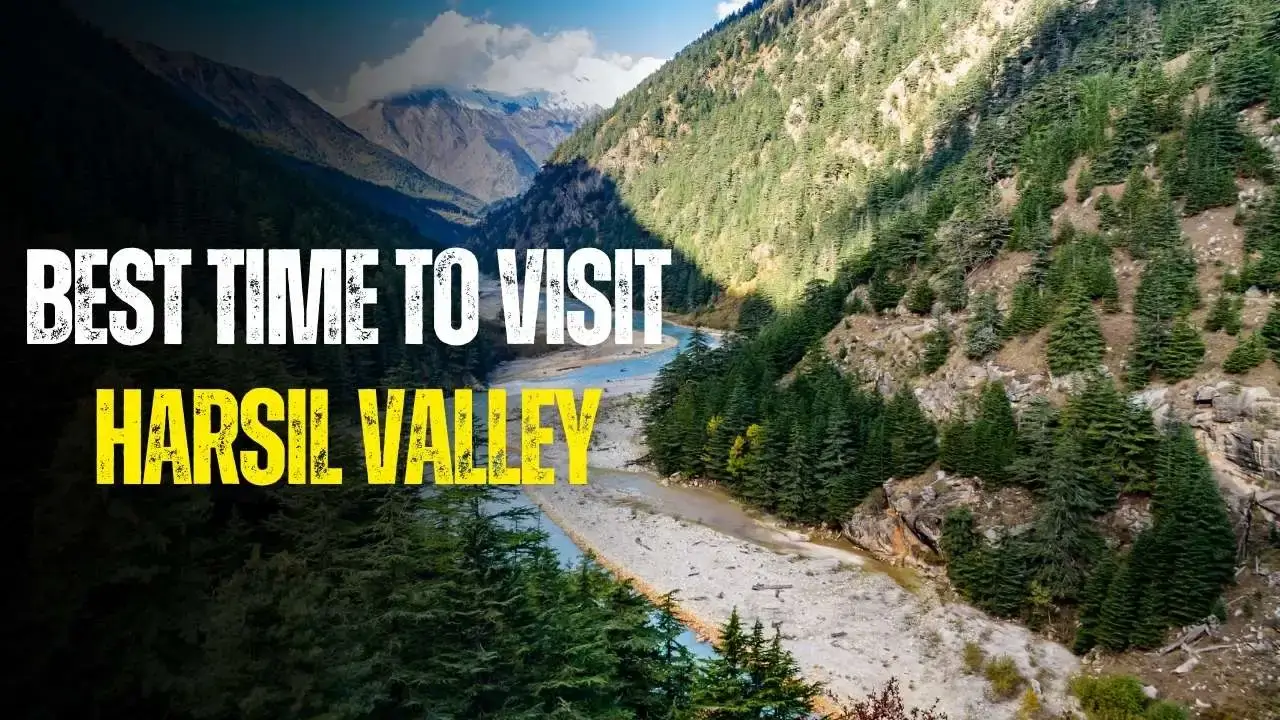
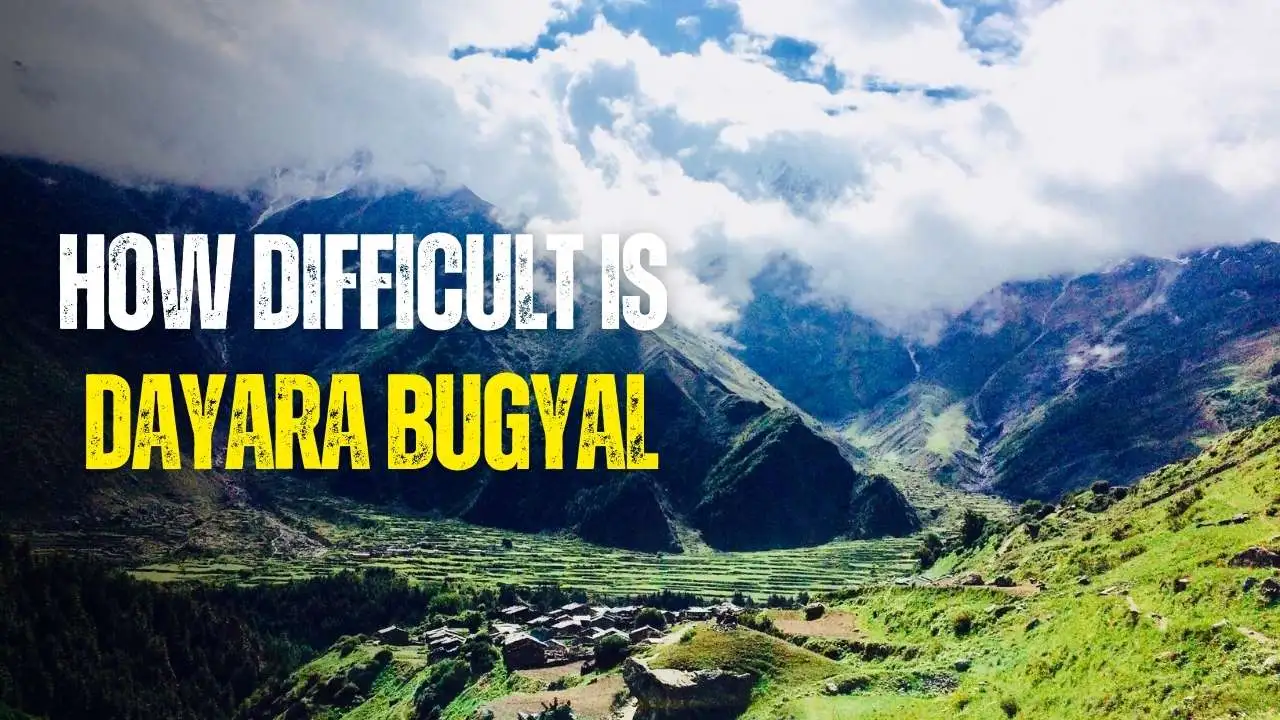
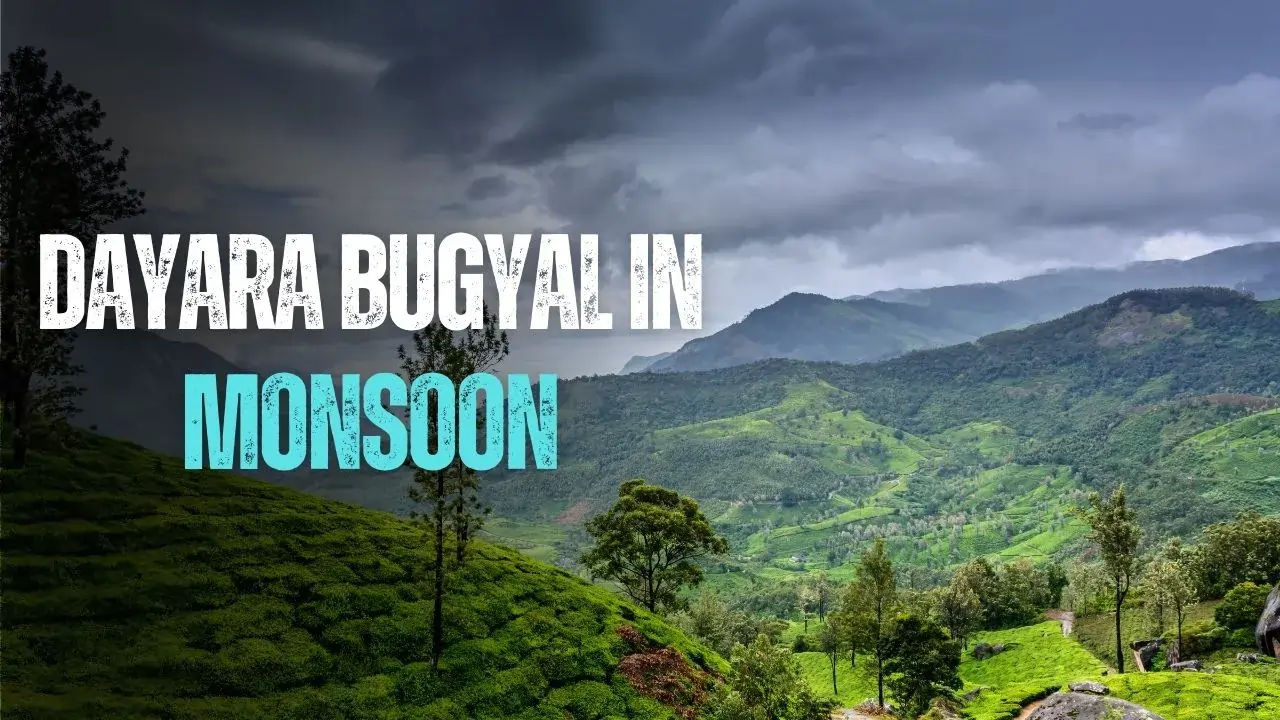
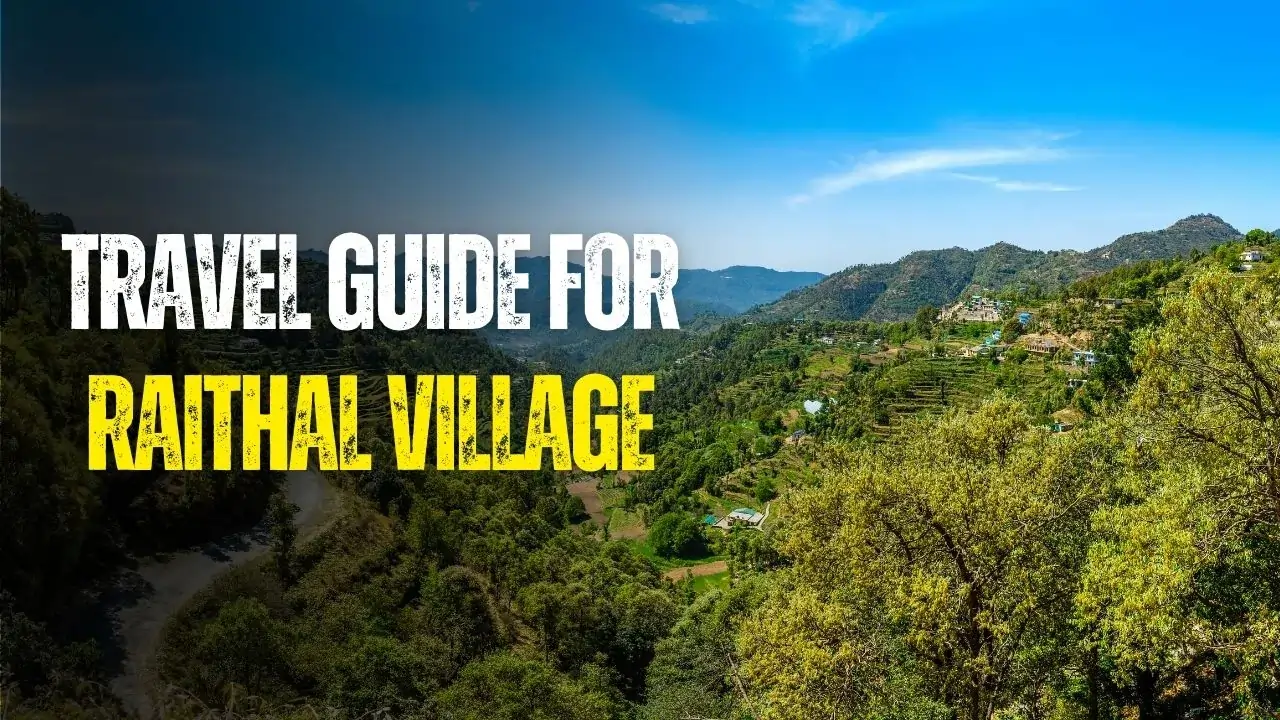
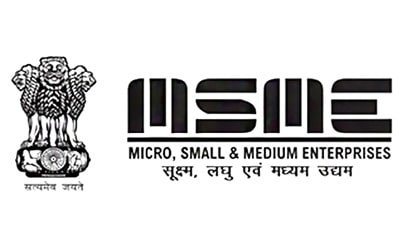

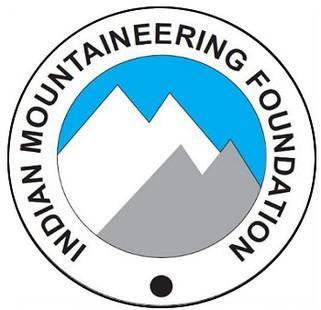







Leave a Comment